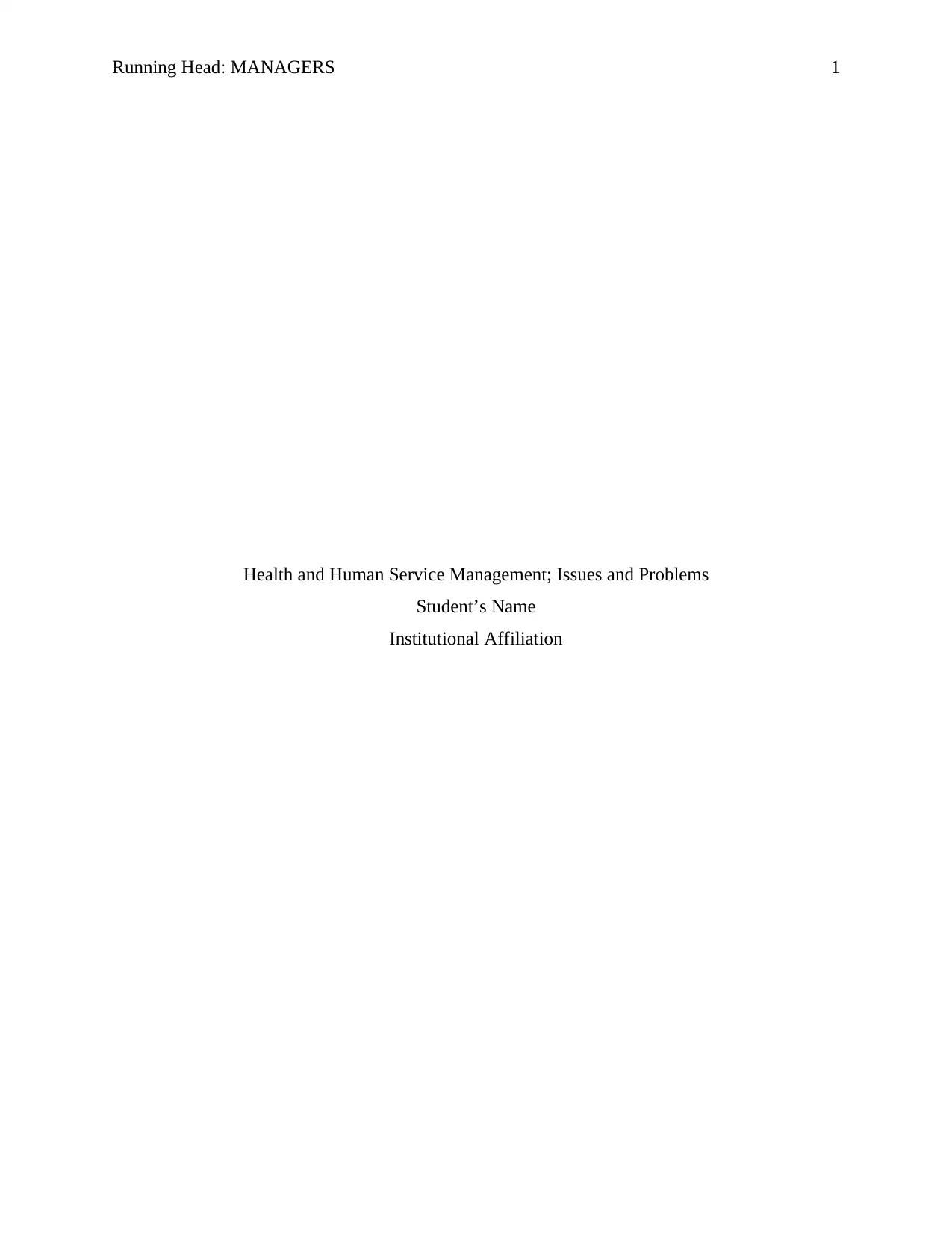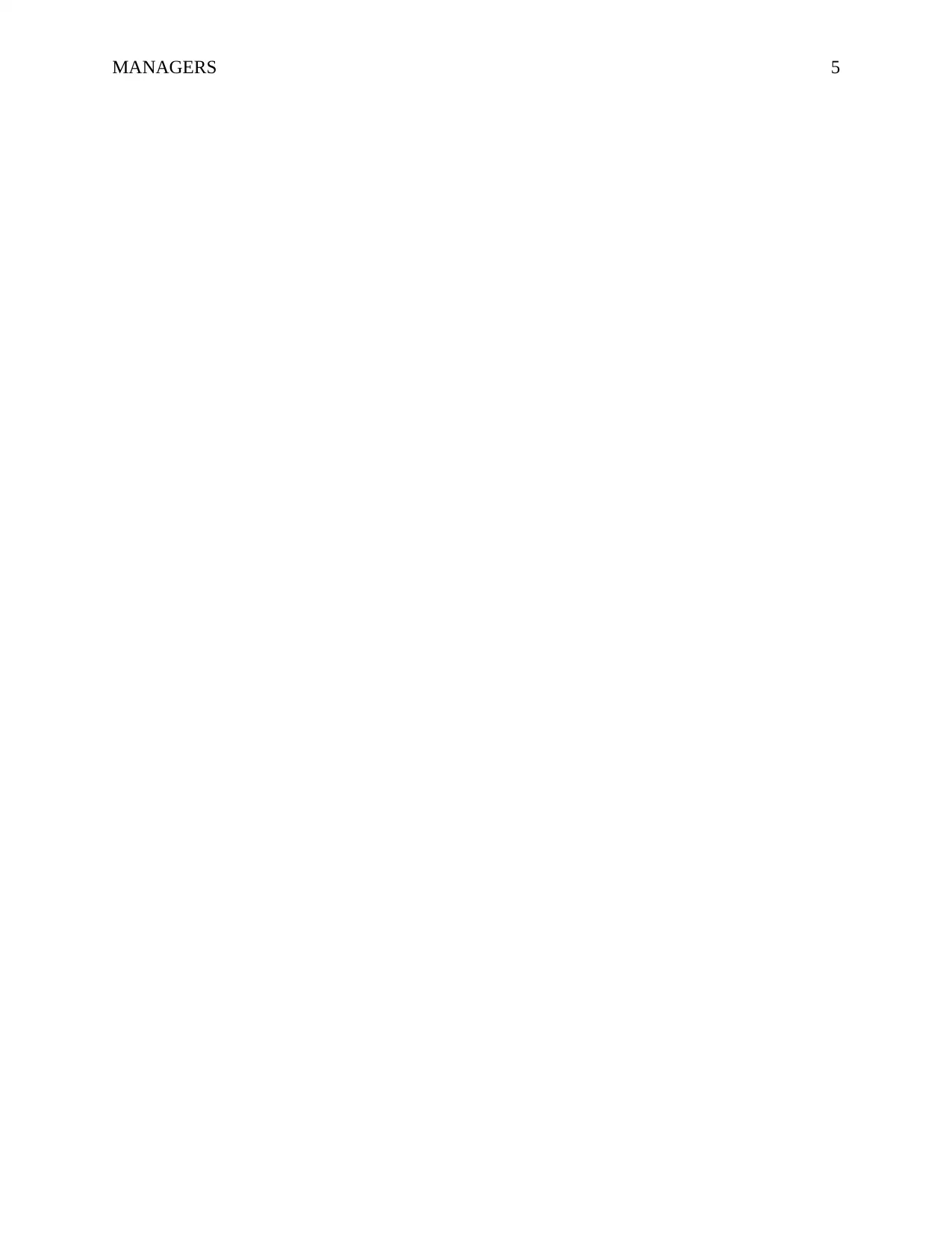Analyzing Issues & Problems in Health and Human Service Management
VerifiedAdded on 2023/06/03
|5
|1306
|473
Essay
AI Summary
This essay delves into the multifaceted challenges and dilemmas encountered by managers in health and human services, particularly when decisions intersect with personal beliefs, ethics, and legal frameworks. It emphasizes the importance of critical thinking and balanced decision-making, considering various theoretical perspectives such as resource management, strategic planning, and service delivery. The essay highlights key factors like sufficient funding, positive workplace culture, effective leadership, and efficient resource allocation as vital for successful management. It addresses ethical situations related to resource limitations, cost-effectiveness, quality of care, and patient/employee rights, using the example of a dangerous virus outbreak to illustrate ethical considerations. The importance of legal compliance is underscored, with potential consequences for unlawful decisions. The essay also explores the conflict between personal beliefs and organizational standards, using the example of contraception in Catholic healthcare. Finally, it discusses the ethical-legal dilemma of patient confidentiality versus mandatory reporting laws, advocating for a patient-centered approach that prioritizes the child's safety and well-being while seeking alternative support systems. The essay concludes by emphasizing the need for health managers to navigate these complexities by considering multiple perspectives and prioritizing the best interests of all stakeholders.
1 out of 5











![[object Object]](/_next/static/media/star-bottom.7253800d.svg)